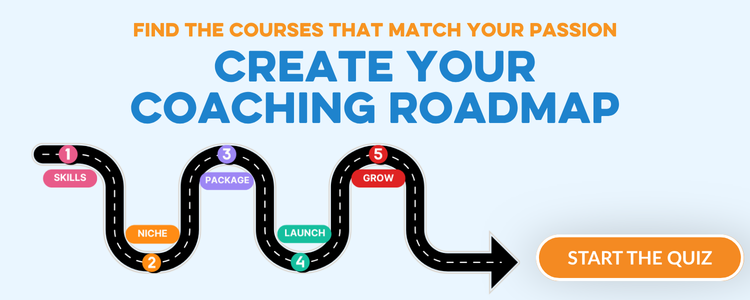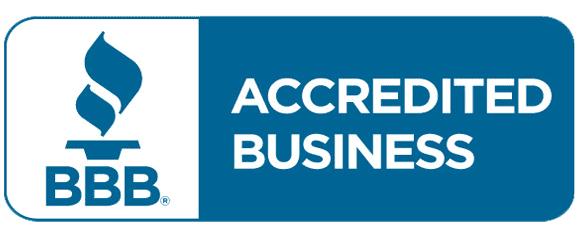Can You Trust Your Emotions?
Common belief: You should always trust your emotions.
Common belief: Feelings are irrational and can’t be trusted.
So, which is it?
They’re both wrong.
Emotions aren’t inherently right or wrong. They are your body’s response to what you are thinking—whether you’re thinking consciously or unconsciously. That’s right: thoughts create emotions. Your belief systems and unconscious patterns are often running on autopilot, leading to emotions that feel random or hard to explain.
Understanding Where Emotions Come From
Let’s say there’s something you want, but don’t have. You might assume your unhappiness comes from lacking that thing—but it doesn’t. You’re unhappy because you think about not having it.
-
Have you ever been happy even without it?
-
If you didn’t care about having it, would you still feel bad?
-
If you were distracted by something fun (like a rollercoaster), would the lack of it still upset you?
It’s not the absence of what you want—it’s your thoughts about it that trigger the emotion. Thoughts create emotions, not circumstances.
The Process: How Thoughts Create Emotions
Your brain interprets everything you experience. That interpretation creates your emotional response. In psychology, this is the core of Cognitive Behavioral Therapy (CBT), which teaches:
Situation → Thought (Interpretation) → Emotion
[Insert beside “mindset” — https://transformationacademy.com/blog/5-practical-tools-to-develop-a-growth-mindset]
CBT is used in life coaching and therapy to help people shift unhealthy thought patterns and develop emotional resilience. The takeaway? If you can change your thoughts, you can change how you feel.
Thought → Emotion → Action → Result
Let’s take it further. If thoughts create emotions, what happens next?
-
Emotions influence your decisions
-
Decisions lead to actions
-
Actions produce results
Think about it: even the phone or device you’re using right now was once a thought in someone’s mind. Someone had the idea to invent, develop, and sell it. That original thought sparked a series of decisions and actions that led to the result—technology in your hands.
That’s how thoughts create emotions, which lead to actions and eventually, stuff!
How to Take Back Control of Your Thoughts
Let’s name your thought-stream “BOB.”
-
Ignore BOB – Don’t take every thought seriously. Visualize BOB with a funny voice or costume.
-
Protect BOB – Be mindful of influences. Does that voice sound like your parents, media, or someone else?
-
Observe BOB – Notice what you’re thinking. Don’t like it? Choose a better-feeling thought.
This is where the magic starts. The more often you notice and interrupt negative thought spirals, the more control you gain over your emotions.
(Insert beside “growth mindset” — https://transformationacademy.com/blog/growth-mindset-vs-fixed-mindset/)
Strategies to Shift Emotional States
1. Focus on Something Else (Distraction)
Sometimes, just changing the topic in your mind can stop the emotional reaction. Think of it like changing the subject in a conversation.
2. Reach for a New Perspective
Even with the same facts, a different interpretation changes how you feel. Consider this:
A man accidentally sets a friend’s coffee pot on fire. He feels ashamed. But the friend laughs and praises his quick thinking. Same event, different thoughts, different emotions.
That’s the power of perspective—and proof that thoughts create emotions.
Final Thought: Your Mindset Shapes Your Reality
Everything in your life started with a thought. From relationships to career choices, to the gadgets around you—your mind created it all, either directly or indirectly. When you truly embrace that thoughts create emotions, you unlock the power to reshape your internal world and, eventually, your external world.
Want to explore deeper strategies to shift your mindset and emotional patterns? Check out our life coach training and mindset courses (click below).
Save 60% and take control of your thoughts today.








